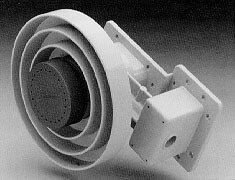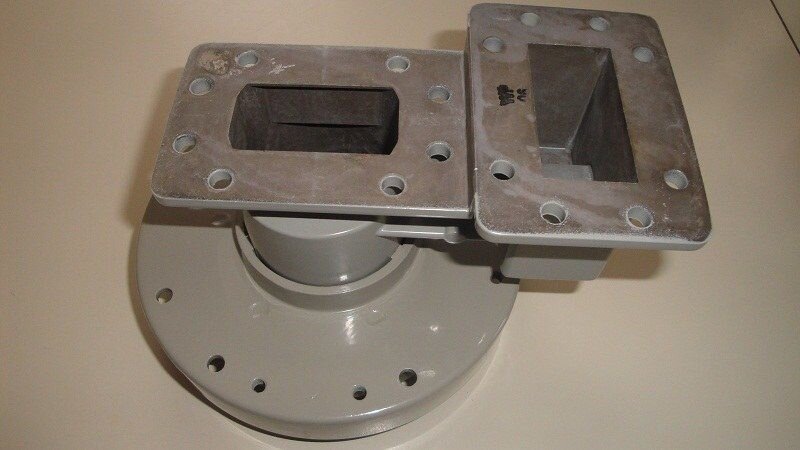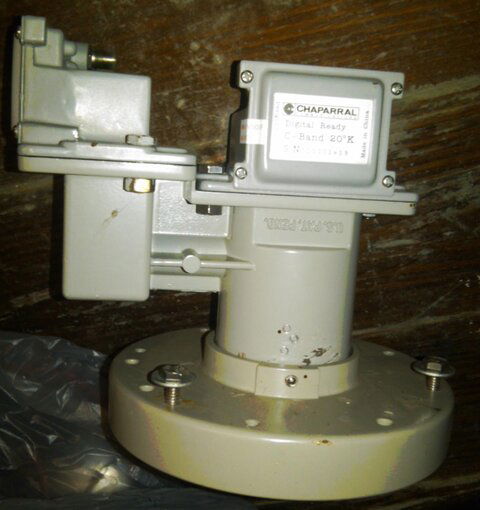Pendragon,
I have access to a spectrum analyzer, if I want to evaluate a few lnb's can I make some meaningful measurements just by connecting without pointing at anything in particular, such as looking at the noise floor? Or does each have to be mounted up and peaked.
I have access to a spectrum analyzer, if I want to evaluate a few lnb's can I make some meaningful measurements just by connecting without pointing at anything in particular, such as looking at the noise floor? Or does each have to be mounted up and peaked.




